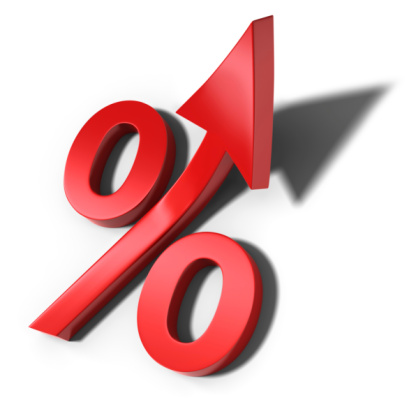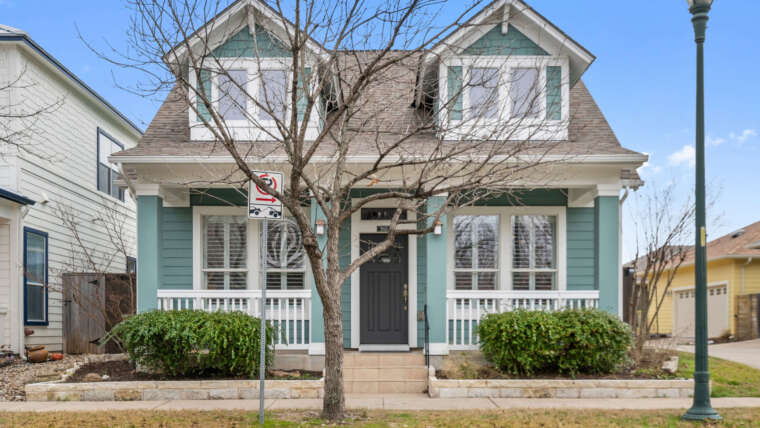 Just like the temperature, rates for 30-year loans have been on the rise this summer, climbing back from their record 3.5% levels. Recently, government-backed Freddie Mac reported a full percentage point jump to 4.5% for fixed rate mortgages.
Just like the temperature, rates for 30-year loans have been on the rise this summer, climbing back from their record 3.5% levels. Recently, government-backed Freddie Mac reported a full percentage point jump to 4.5% for fixed rate mortgages.
Traditionally, mortgage rates change with the economy, and lower rates occur when the economy is reeling. Cheap financing helped steer the housing recovery. With lower rates allowing qualified home buyers to obtain this cheaper financing, the market supported a swell in both price increases and home sales. Now with this recovery in the U.S. housing market, along with lower unemployment and job growth (job gains are averaging 202,000/ month these past 6 months), rates are expected to rise again.
According to the Mortgage Bankers Association, applications for home purchases rose 7% since early May. The association also predicted that the 30-year mortgage rates would increase to 4.4% by the end of 2013. A big factor in their prediction was knowing that the Federal Reserve will eventually stop purchasing mortgage-backed securities.
In 2008, the Federal Reserve developed a program call The Agency Mortgage-Backed Securities Purchase Program in response to the economic crisis of the time. The Federal Reserve supported the housing market by buying up to $85 billion a month in Treasury bonds and mortgage-back securities. This allowed lenders to sell mortgage loans at unprecedented interest rates because they could get back their money, plus profit, immediately. Then in September 2012, the Federal Reserve announced it would buy up to $40 billion a month in mortgage-back securities until the economy demonstrated signs of recovery. Now that economic conditions are improving, the Federal Reserve’s involvement in the program will decrease, driving up the rates higher.
Originally, the Federal Reserve was expected to begin decreasing their purchases of mortgage-backed securities in late 2013, but that timeframe was moved up. And speculation that the Federal Reserve would stop the stimulus program that had been reducing rates already incited rate increases. But rates dramatically jumped when Federal Reserve Chairman Ben Bernanke announced on June 19th that if the economy continued showing signs of improvement, the central bank would wind down one of its bond-buying programs by the mid 2014. Investors reacted immediately once Chairman Bernanke provided a time frame for the end of the program.
In 2003, the 30-year mortgage rate hit a 37-year low at 5.23%. Before the economic crisis, that was the record low, and it’s a number market experts believe we will get closer to as we move forward. For those who have been watching from the sidelines and waiting for the rates to go lower, just know that they are only going to go up. Consider the rate increase when the Federal Reserve merely announced it would stop its stimulus program some time in the next year. Now consider what will happen when the program is actually cancelled and that cancellation is implemented…..So don’t wait, jump in there! Even if the rates go up a percentage or so, mortgages will still be historically low. So if you haven’t already, now’s the time to buy.





